I just started learning NPN transistor and was trying to replicate Falstad - NPN sample in LTSpice. Somehow I get all base, collector and emitter current in the micro-Amp range while the sample shows current in the milli-Amp range. Since the circuit sample in Falstad does not resistor on either terminals (B, C, or E), I add a low resistance resistor to mimic a wire just for LTSpice to show current probe symbol and see the plot of current.
Could someone explain why am I getting this drastically different current even when I copy the same parameters in the sample, and explain what I did wrong?

